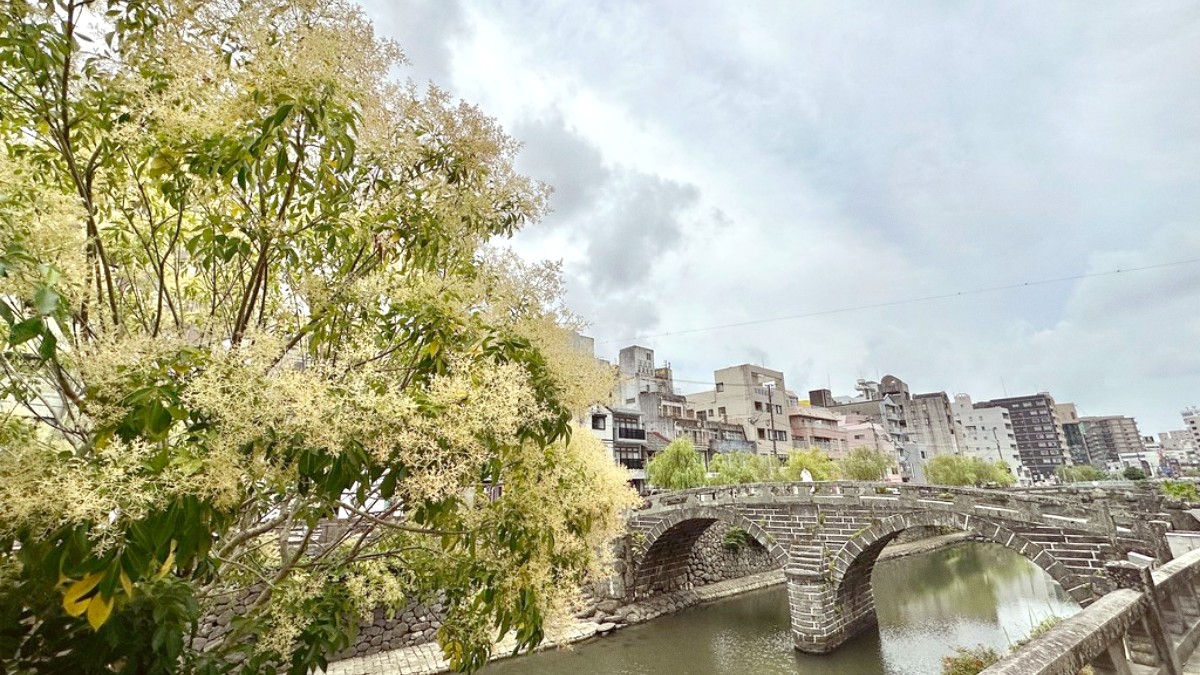
Kyushu, Japan
It navigates well for walking, driving, and public transport (trams and buses). Its real-time updates hold much value.
This app from the Japan National Tourism Organization contains translation support, a search function for attractions, and general travel information.
It translates text, voice, and even images instantly. Downloading the Japanese offline pack is specifically good when internet access is limited.
These apps supply detailed train and bus schedules and routes, including both JR and private lines, making intercity travel straightforward.
This is Japan's most popular taxi-hailing app; you book taxis directly.
If you have specific dietary needs (vegetarian, vegan), HappyCow aids your search for suitable dining options.
Visit-nagasaki.com - This is the main official source for local information, events, and attractions.
Japan.travel - Contains broad information about travel in Japan, including regional guides and practical advice.
While Navitime/Jorudan apps are often more user-friendly now, HyperDia (hyperdia.com) was a long-standing resource for train routes and fares.
Search for official Nagasaki tourism accounts on platforms like Instagram and X (formerly Twitter) for updates, event announcements, and inspiring photos.
Search for travel podcasts or YouTube channels focusing on Japan or Kyushu. Many content creators share personal experiences and practical tips that may give fresh perspectives.
A general Japan guidebook (for example, Rick Steves Japan, Insight Guides Japan) will include sections on Nagasaki and Kyushu. These contain broad overviews and suggested itineraries. Detailed maps of Nagasaki City are often available free at tourist information centers and hotels upon arrival.
"Nagasaki: Life After Nuclear War" by Susan Southard gives a comprehensive and moving account of the survivors' experiences after the atomic bombing. "Silence" by Shusaku Endo, a historical novel, gives profound cultural and historical insights.
Free local tourism magazines or brochures are often available at tourist information centers, hotels, and Nagasaki Station. These can contain current event listings, local restaurant guides, and special offers.
Cherry blossoms paint the city pink, notably at Omura Park and Mount Inasa. Mild weather makes walking pleasant.
Lively festivals like the Nagasaki Minato Matsuri (Port Festival) and fireworks displays light up the summer nights. Coastal activities.
Comfortable temperatures and autumn foliage, especially around Unzen and Mount Inasa. The Nagasaki Kunchi Festival is in October.
Always have emergency numbers and your embassy/consulate information readily available. Japan's emergency services are efficient.
A modern metropolis with nightlife, shopping, and delicious tonkotsu ramen.
Home to the stunning Kumamoto Castle and near the active Mount Aso volcano.
Visit Sakurajima, an active volcano, and enjoy its subtropical climate and unique cuisine.
Discover pristine beaches and hidden Christian sites on these beautiful islands.
A historical trading port with an unique mix of Japanese and European heritage.
Known for their scenic beauty, dolphin watching, and Christian history.
A city of peace and reflection, with the Peace Memorial Park and Museum. Combine with a visit to Miyajima Island.
Japan's ancient capital, famous for its temples, gardens, geishas, and traditional wooden houses.
The bustling capital city, offering a mix of futuristic skyscrapers and historical temples.
Kyushu has good connections. Combine Nagasaki with Fukuoka, Kumamoto (for Mount Aso), and Kagoshima (for Sakurajima volcano) for a comprehensive Southern Japan experience.